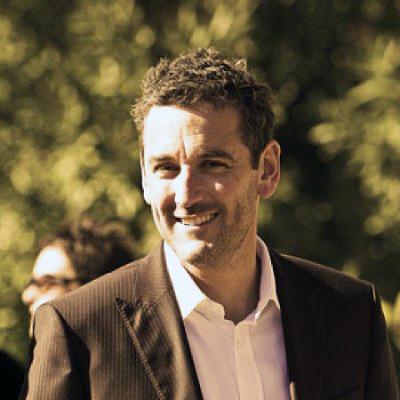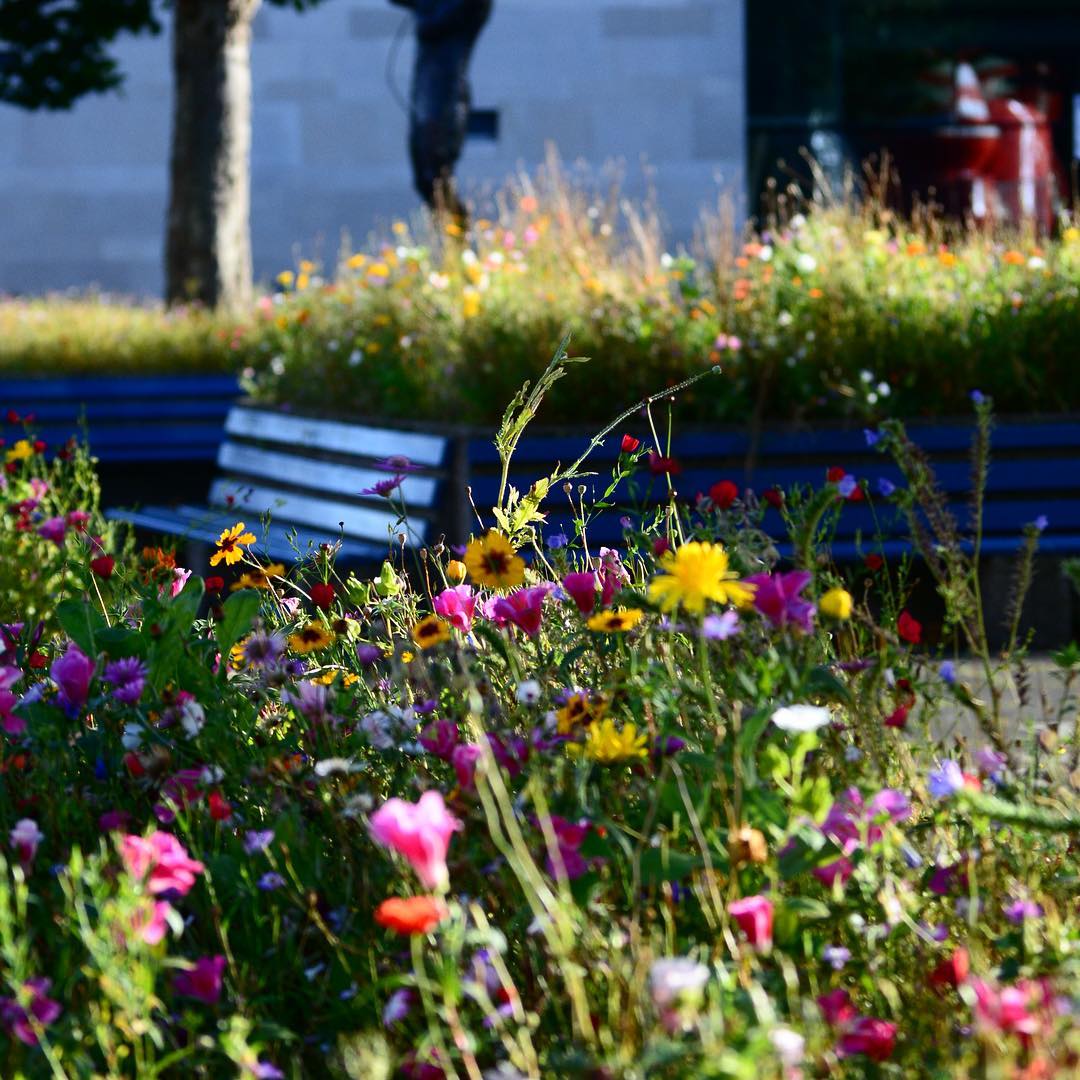
A seemingly insignificant void or underused space in our urban landscape can provide enormous opportunity for the creation of positive community impact.
The trick is understanding how to determine its value; to tap into what is most meaningful for the community; to determine what it is that they crave, so that the space is embraced, used, and loved.
With urbanization, our cities become ever taller, tighter, and "built out," placing greater importance on the pocket park and those small open-space interventions within our cities.
Be it respite, morning prayer, connection with nature, play, community gathering, exercise, or contemplation, the significance of these spaces is growing, and their demand to achieve more at many levels is a basic criterion in the design of pocket parks.
In terms of scale, the pocket park, by definition, is pocket sized. It’s a "parklette"—small in stature but addressing a multitude of community needs and functions. Pocket parks tend to utilise the land between buildings, those corners of development unable to be taken up as building volume, the small laneways and corner lots, the residual spaces at the junction of planning boundaries or re-lifed spaces that have missed the economic booms of better times. Be they within an urban, a suburban, or a rural context, on private or public land, the scale of these parks remains small, and this in itself generates a park typology and public amenity that links them together.
In terms of use, pocket parks provide an essential connection between our urban and natural environments, where space is made available for community uses, allowing a link between people, place, and the environment.
These parklette like spaces exist across many cities, and whilst each city may vary in terms of culture, community makeup, setting, histories, and spatial demands, the underlying theme for each pocket park is the same—urban relief.
Belfast
The space is leftover, a disused block that post building demolition has not yet become what it was intended. It has taken on its own community use, with benches and garden beds of seasonal colour, offering by day a place to sit, to watch, to share stories, and for respite. By night, it's a place for lovers and early-morning revellers. It's a through space but also a destination. It has purpose and character, owned and cared for by neighbouring residents and local businesses, yet it's uncomplicated and maintained on a small budget. The ring of mature trees to the parklette edge unify it, and help add to the seasonal expression and the change of spatial quality.
Sydney
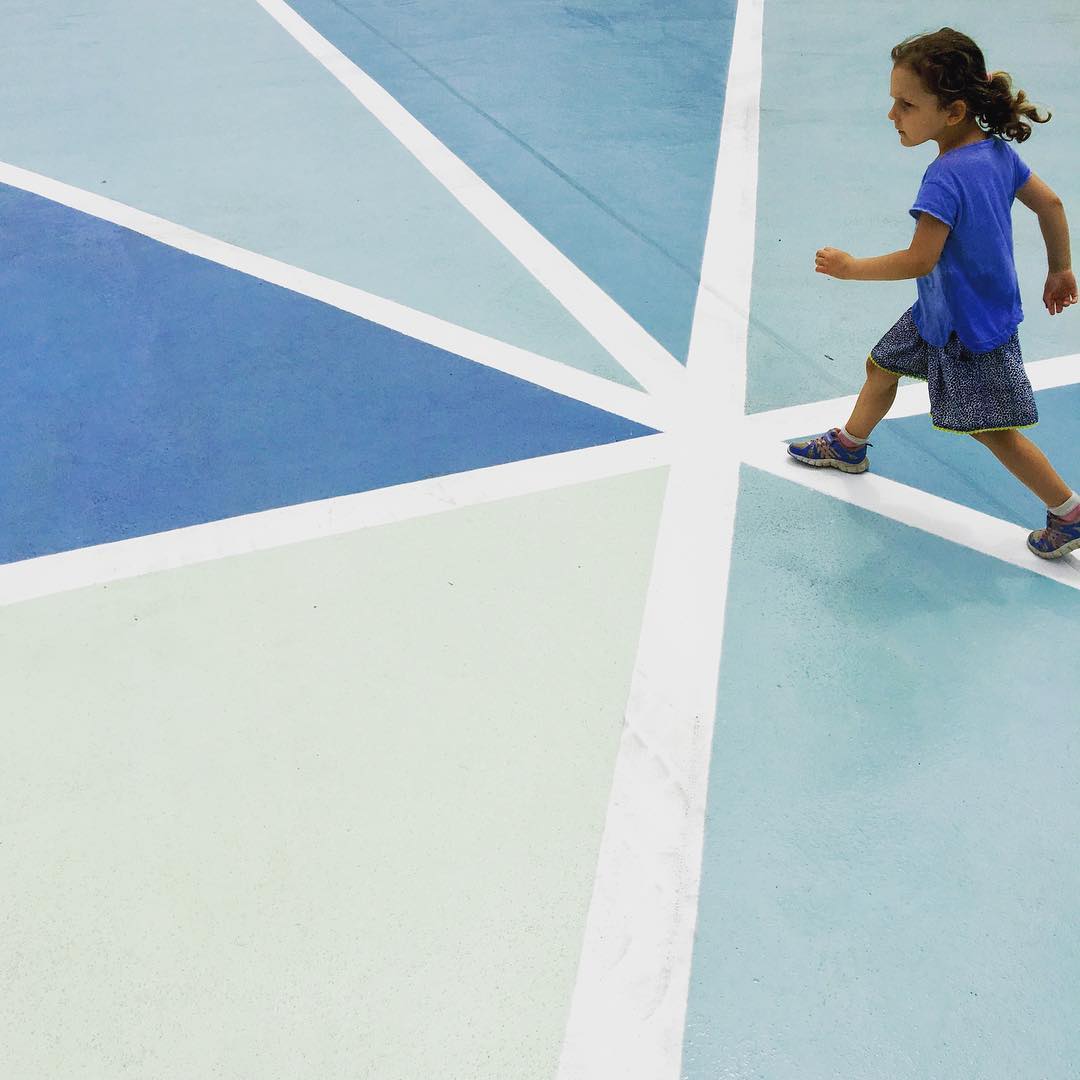
A swing set, a small bench, children’s school bags strewn across the rubberised softfall. Some play whilst others gossip, laugh, and share weekend stories before they commence their school-day learnings. Young parents with newborns rock prams and absorb the sunshine, unifying as a community and repeating the start of a generation of connection to the space.
Hong Kong
A fully tiled courtyard space, between office towers and a local bakery, set to the side of the hustle of the morning working crowds. Large, overhanging-canopy trees provide a false sense of separation, enclosure, and respite, with the greenery in contrast with an environment of otherwise glass, steel, and traffic. Incense from a neighbouring temple permeates the space as the elderly read the morning paper, feed sparrows, or commence their morning routine of exercises and stretches.
Shanghai
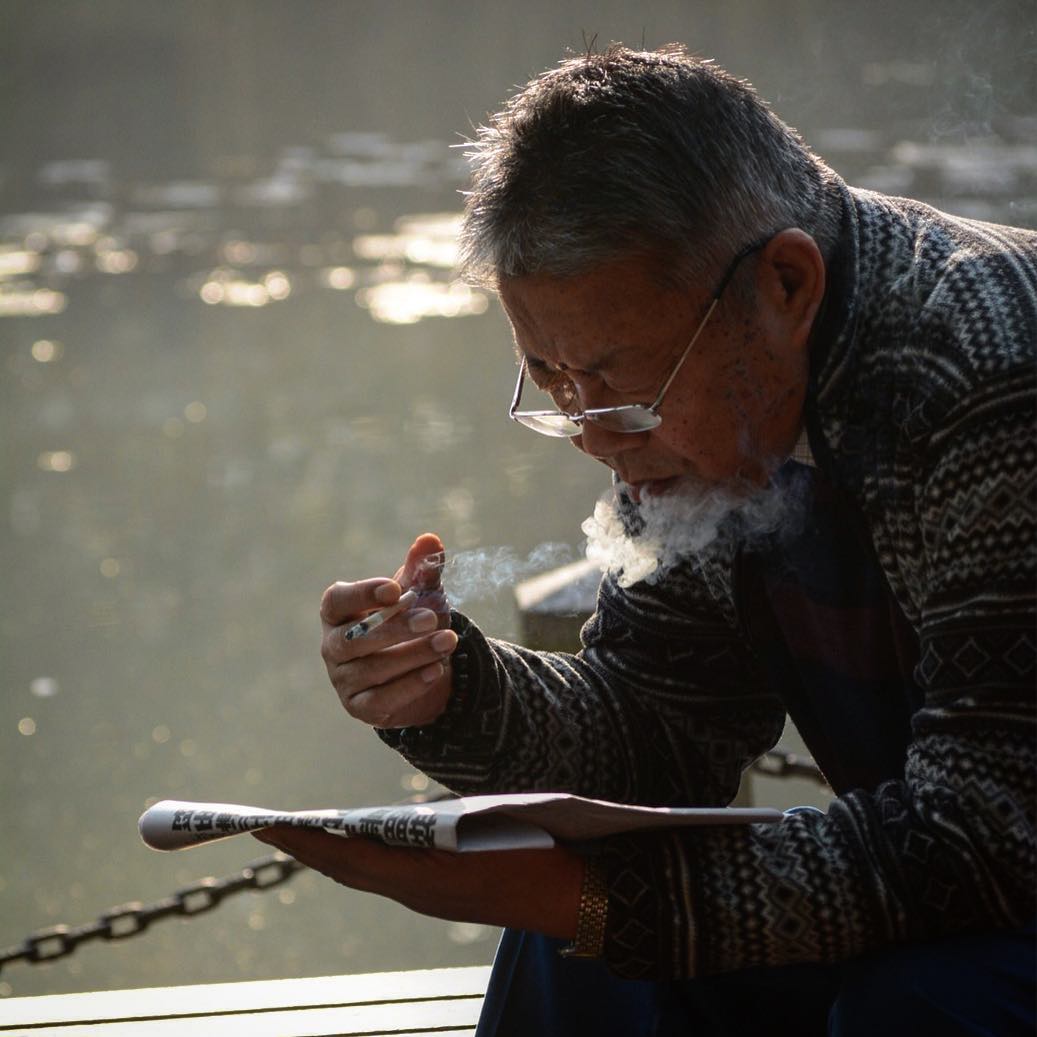
Music blurs the background of horns and the hum of traffic. Squashed together, working to their own Chinese tune, groups of dancers each perform a morning routine, concentrating yet laughing with friends and neighbours. A slow-motion aerobic dance that competes with the tai chi happening one garden-bed over, which itself sits adjacent to the colourful plastic play equipment set aside for weekend and late-evening children use.
This energised activity happens in stark contrast to the lone reviewer of the morning news and the Chinese "master" performing the cultural art of water writing—the disappearing graffiti of Chinese poetry played out across the plaza pavement.
Singapore
Fresh fruit laid out on coloured plastic, fighting for space on a small expanse of grass, beneath the shade of large leafed trees. Construction workers take their morning-tea break, and office workers gather for a shared cigarette, whilst a small group of animated men debate strategy adjacent to an oversized chess set where two are competing against a portable clock stopwatch.
London
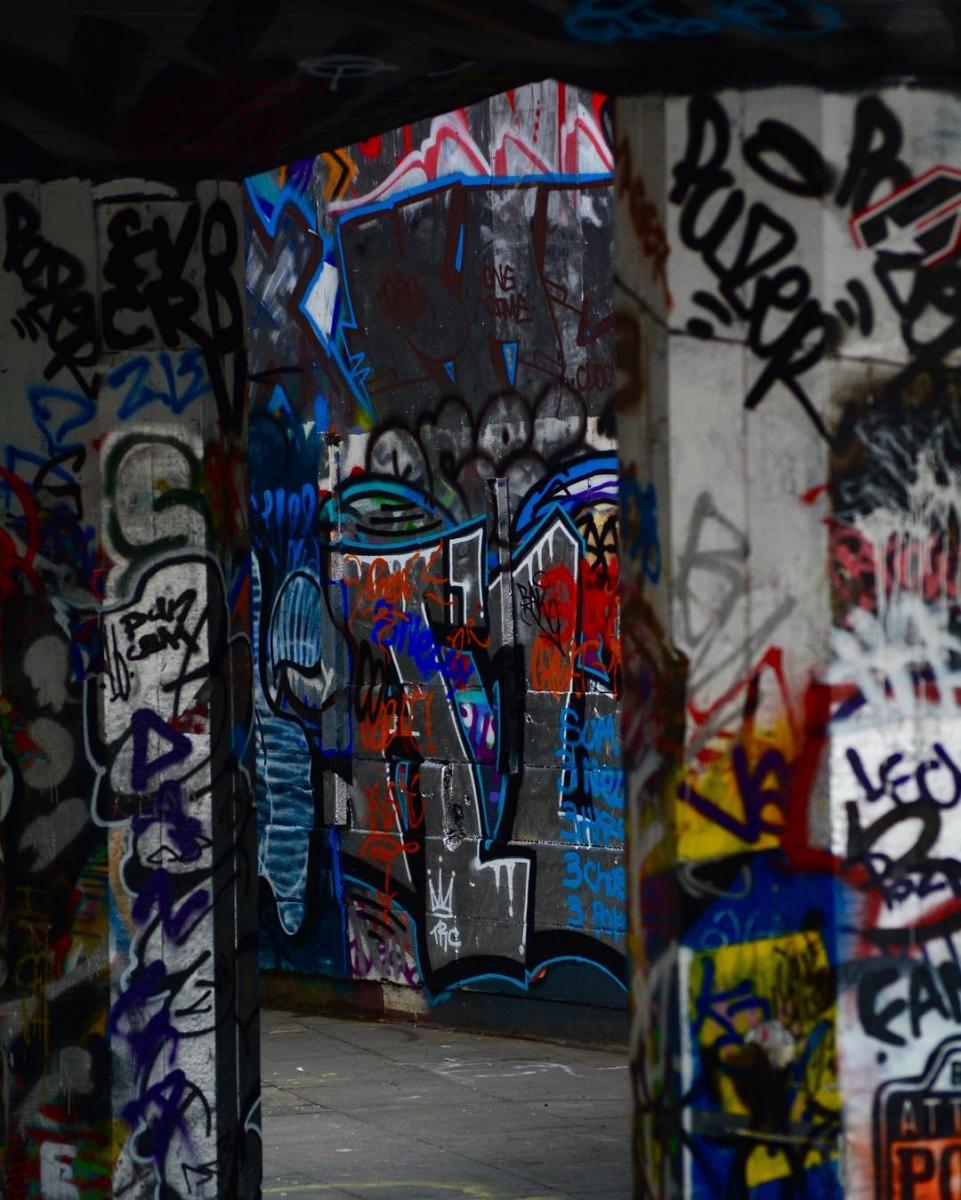
park to street artists.
Skaters have laid claim to an unloved and forgotten corner. It's part art and part play. Walls, columns, and surfaces are awash with colourful graffiti, unified as one, as both expression and ownership of the space.
Youthful groups gather and watch the performance of skaters and bike riders, some adept in their manoeuvres and tricks, whilst others try and fail.
It is a space for the user and the passerby—part play and showmanship, part city art and entertainment. There are no formal gardens or shade trees. It is not designed, but nonetheless, it is a pocket space that performs a much needed local use and is loved for it.
Barcelona
A crushed gravel surface, mature trees, bench seating to the edges, and a single basketball hoop to the centre for the energetic. A pocket space within the city, surrounded by neighbouring apartments, each overlooking this patch of "outdoors"—a language of urban planning that repeats itself block after block in each direction. It is a space that works in the morning quiet as school children traverse it, for the young families and elderly who gather throughout the heat of the day, and for teenagers and the energetic who congregate for basketball in the cool evening. It's a community space where everyone comes together, a shared "backyard" with a multitude of uses and programs.
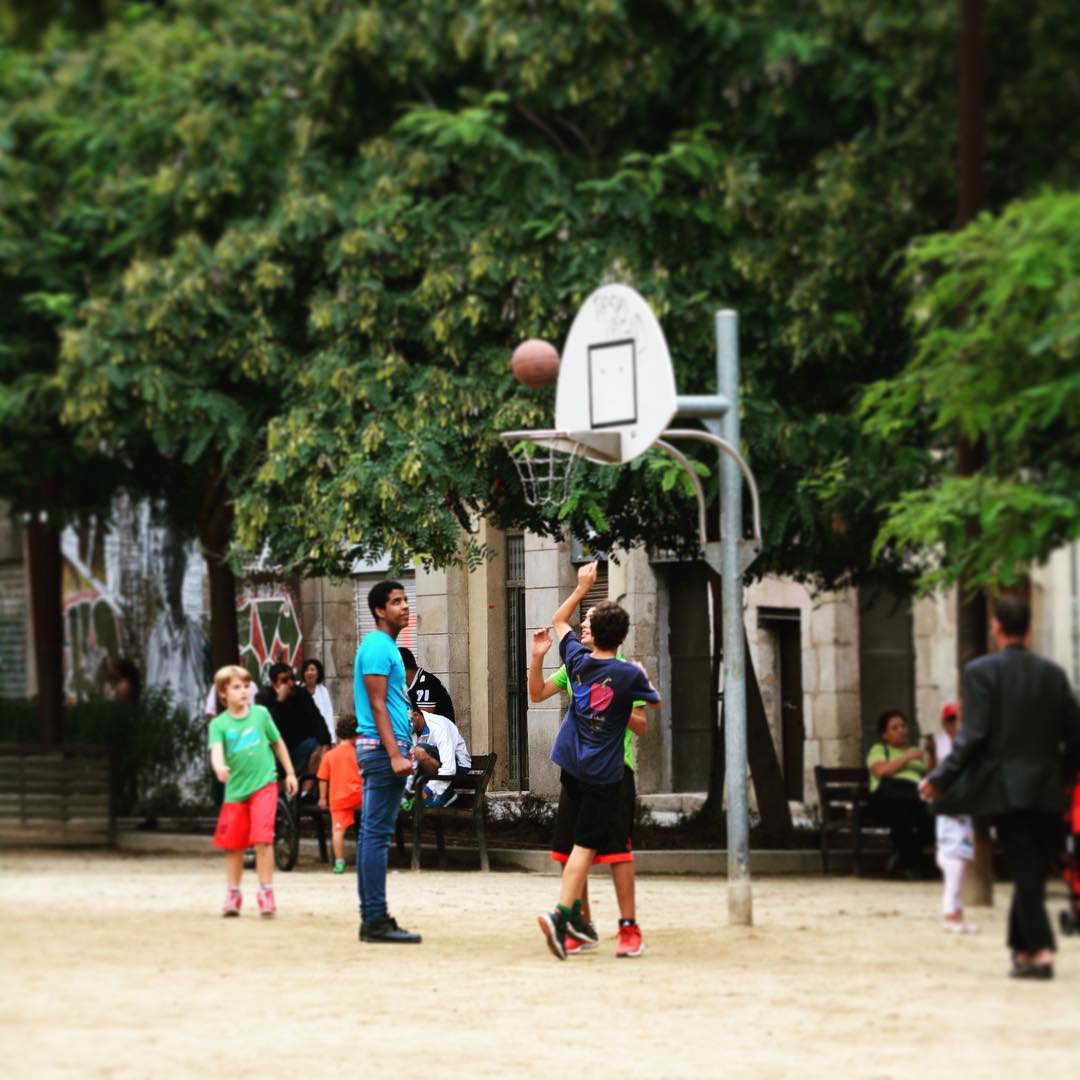
What is obvious is that no two pocket parks are alike in appearance, configuration, value, and/or program. They each work in their own way, connected through their scale, and what they offer a city and/or community in terms of urban relief. They each offer a space for reflection and respite, a community hub where play, conversation, gathering, and local engagement interconnect.
Some spaces tell stories of cultural interpretation and/or historical expression, whilst others are working hard to help heal the landscape, our waterways, or communities. Some are planned, designed, and highly detailed whilst others are accidental, organic, and temporary. They are both "hard" and "soft," programmed and unprogrammed, and many provide for art, play, discovery, and learning.
They are all undeniably an essential part of our cities and communities. The "parklette" has meaning and impact for communities because it is the communities who use, need, embrace, and love these spaces. As landscape architects and designers, it is this that we need to remain focused on if we are to help determine the success of the urban pocket park. 
This article was reprinted in its entirety from Sourceable. Read the original article here. All images from www.instagram.com/angus.bruce/.

